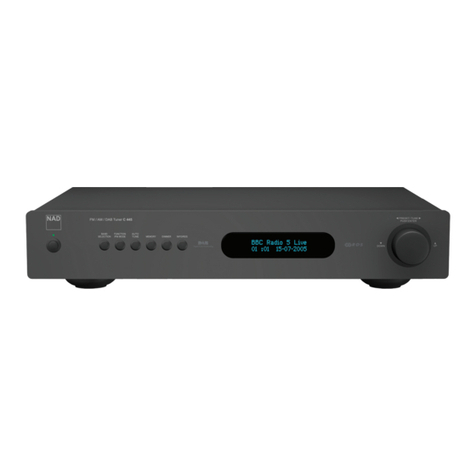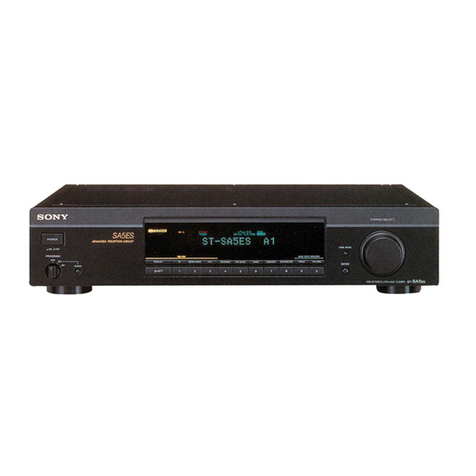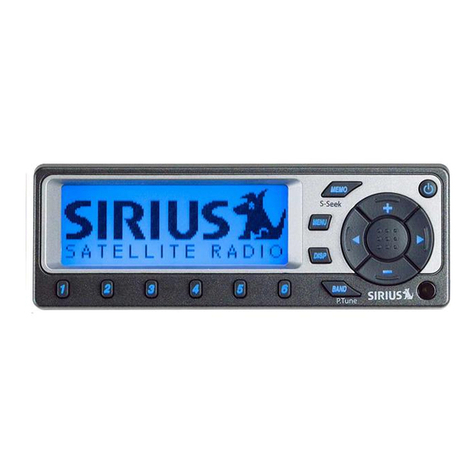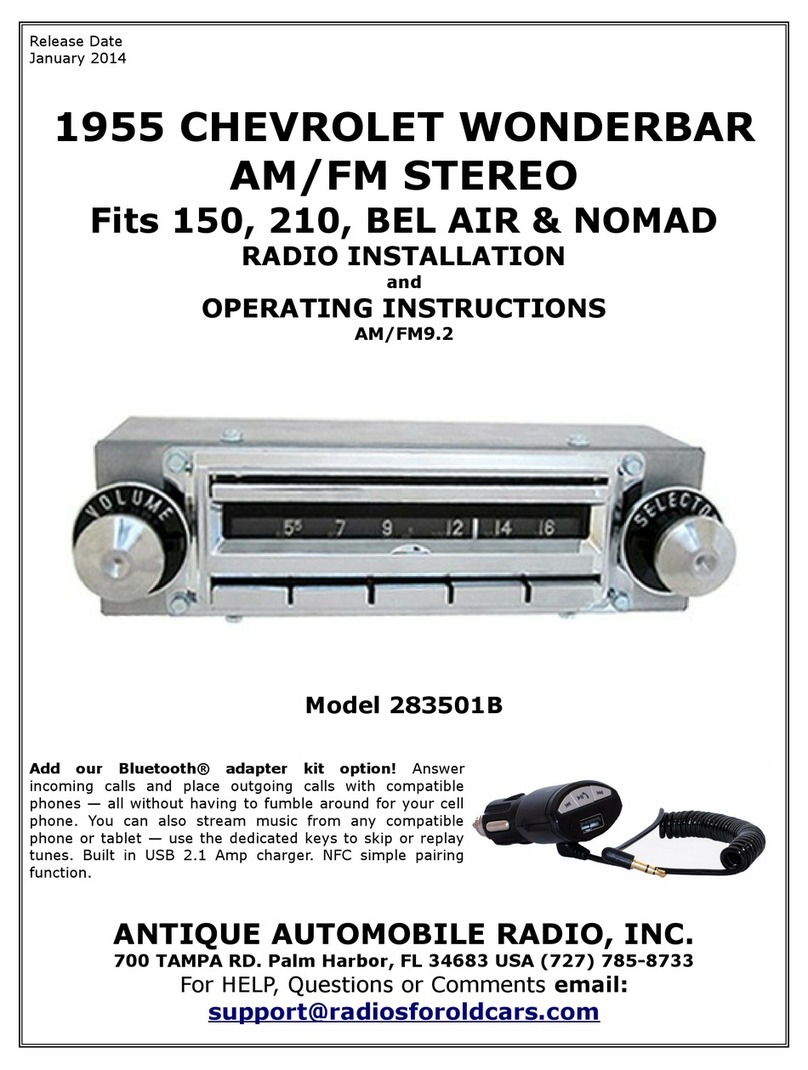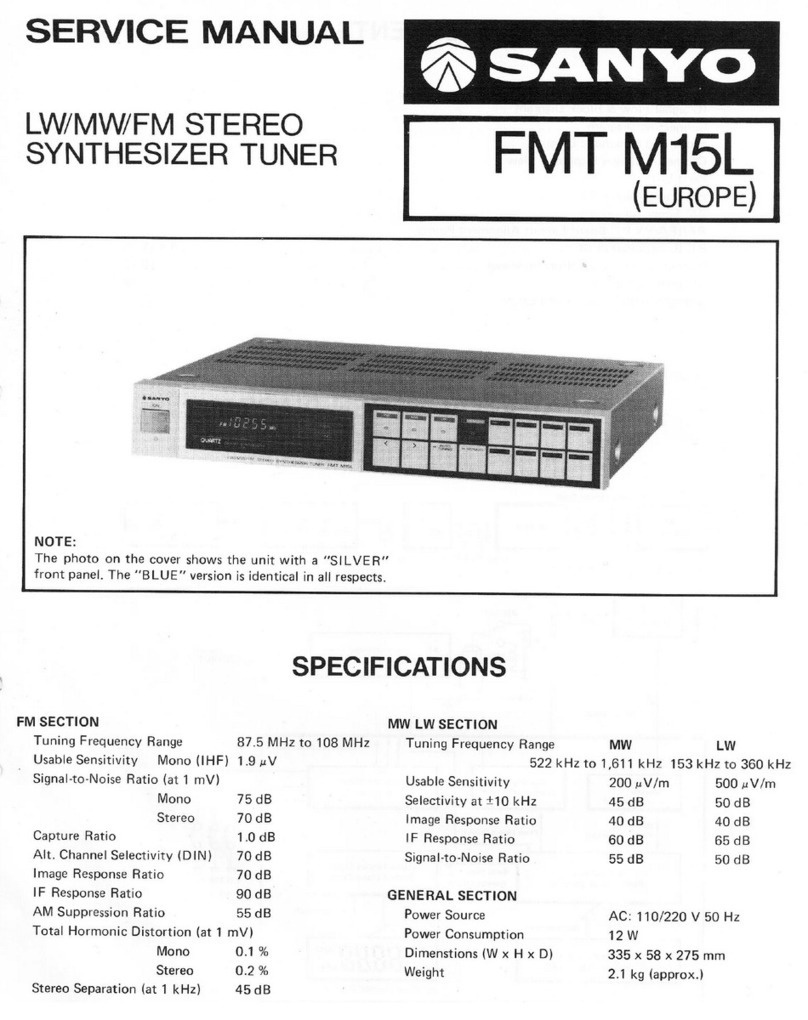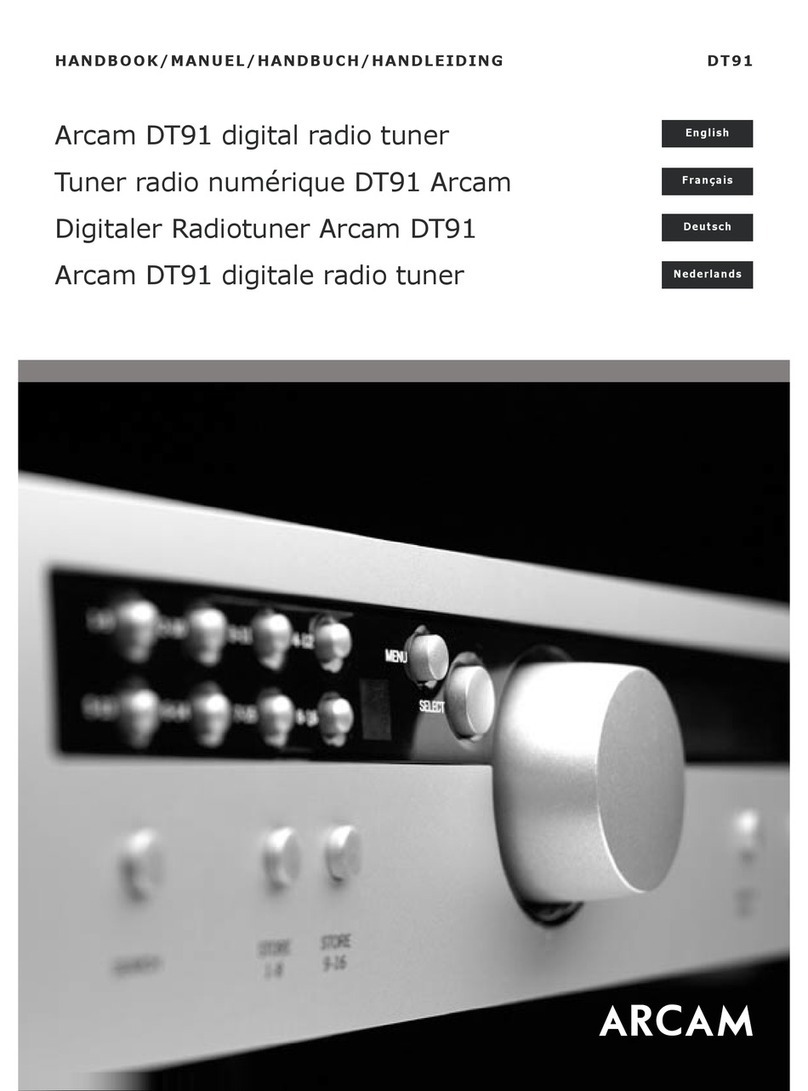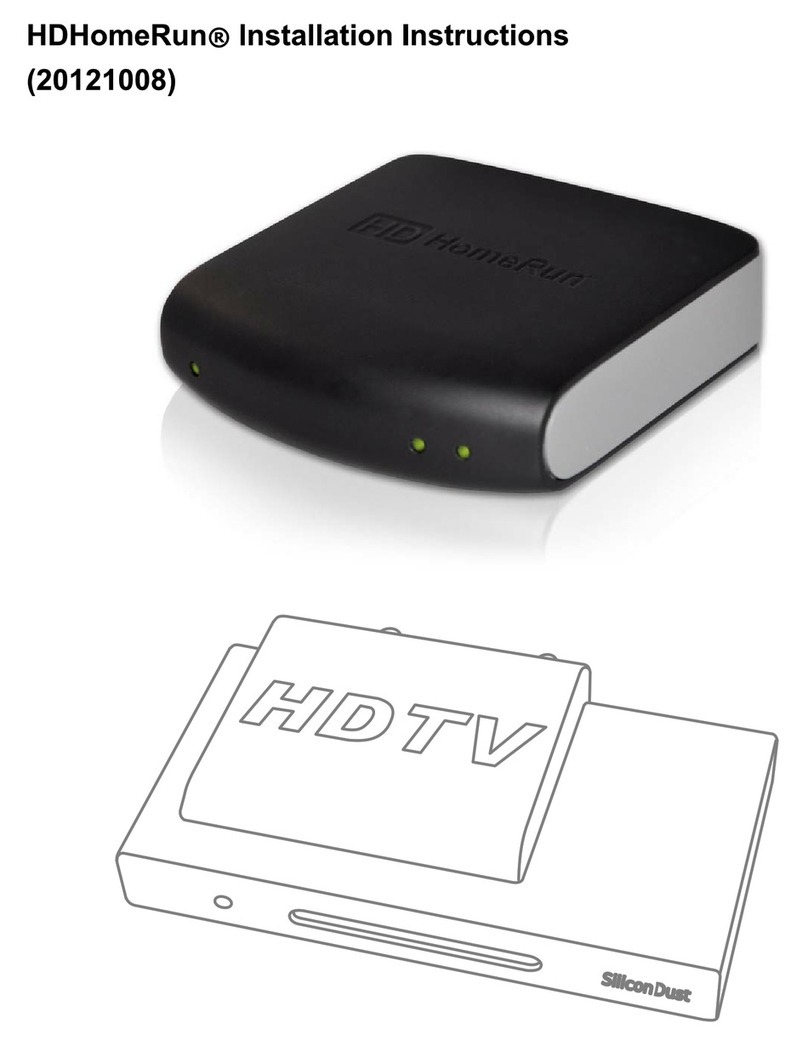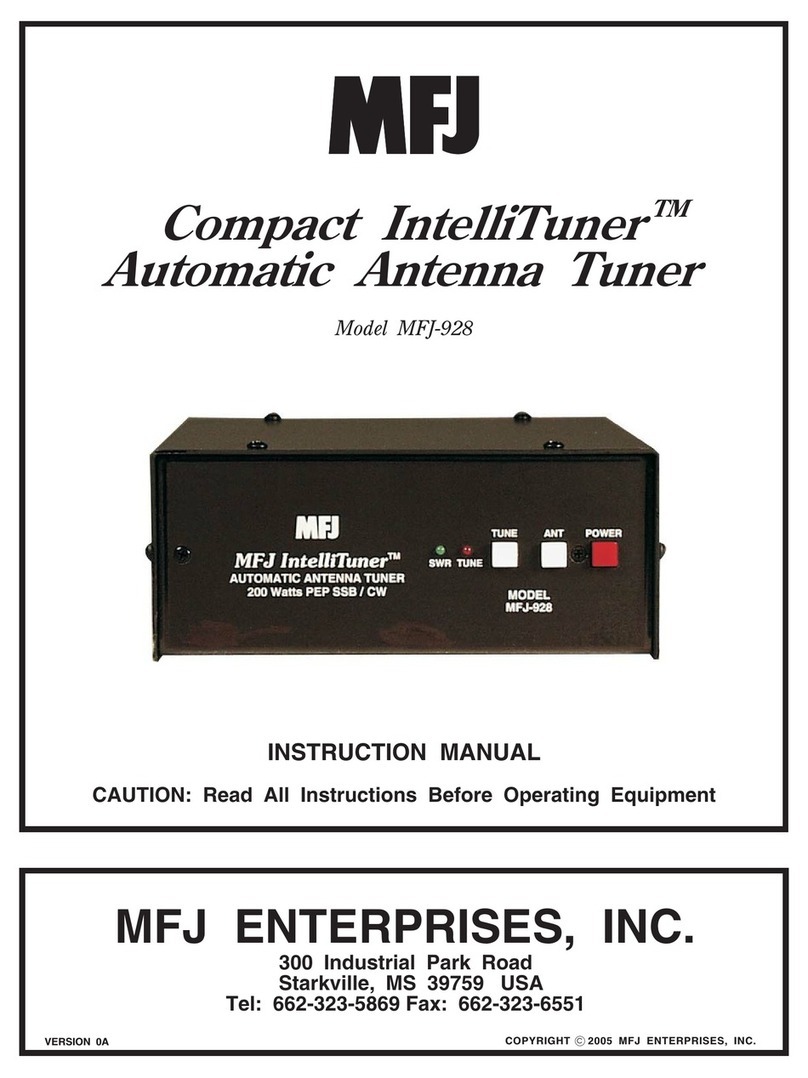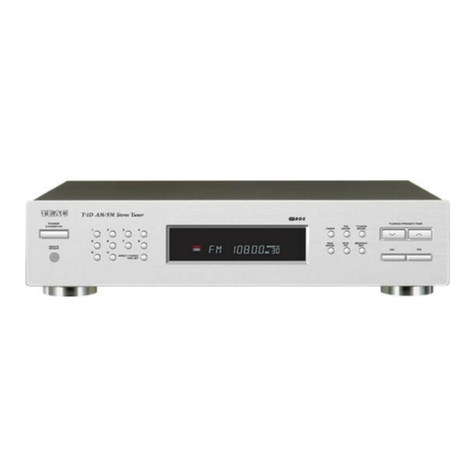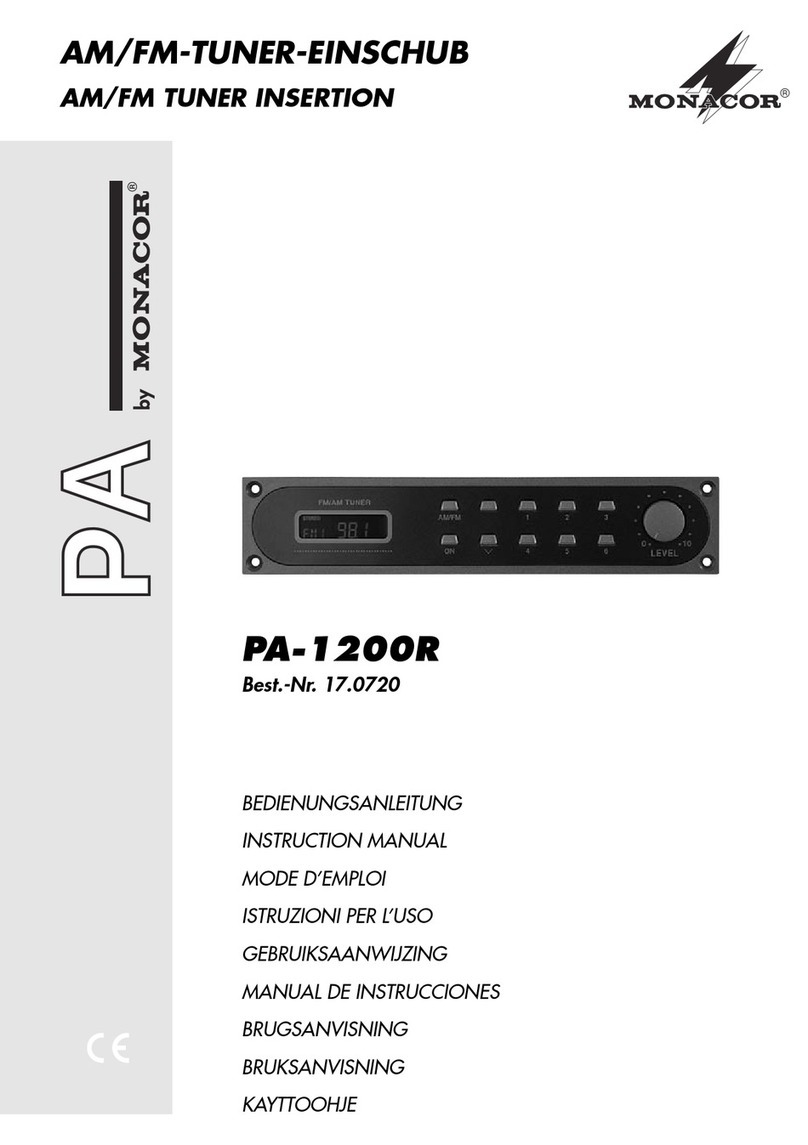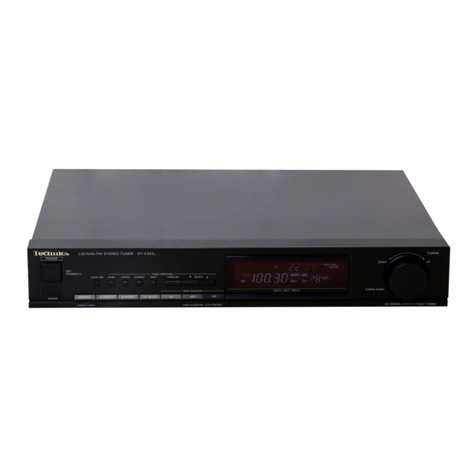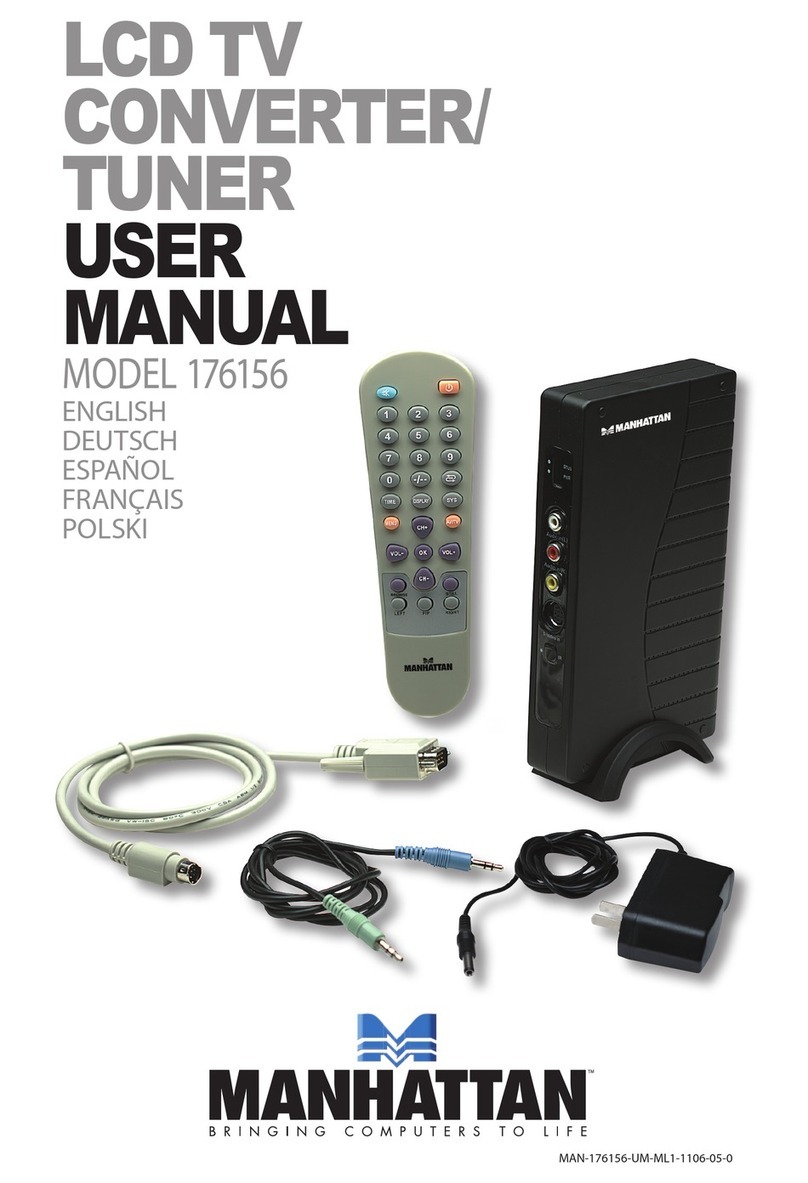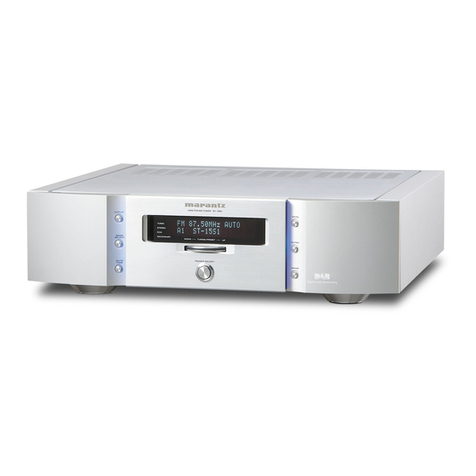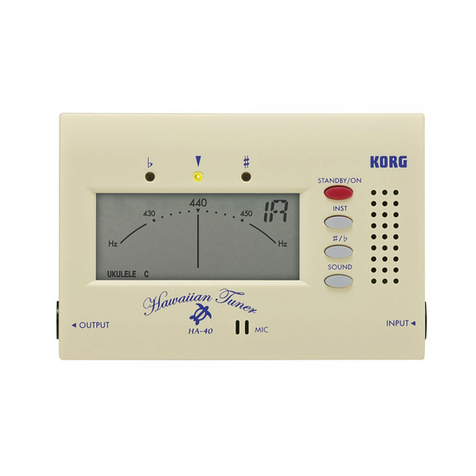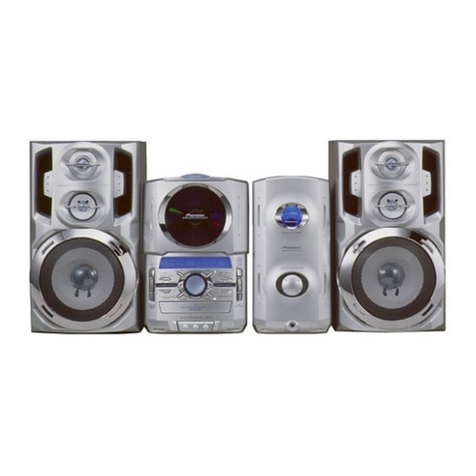PHIIOSOPHY
For the past twelve years, Scientific Âudio Electronics,
has been designing, developing, and manufacturing
a unique line of high enil components and accessories.
Utilizing their full production capabilities with a
completely mechanized metal fabrication planq ultra-
clean assembly lines and elaboratequality conrrol facilities,
SAE has been able to produce a line of products with
incomparable quality and integrity.
The originat Sr{E line included a power amplifier
rnd a.preamplifier. The followingL2 years has seen
ir{E successfully broaden that first line of amps and
Dreamps as well as develop a long list of now standard high
iiaeüry components including the first graphic equalizer,
rhe fiist digital readour FM runer, the first parametric
:qualizer, and the first impulse noise reduction system.
Recently, SAE has extended this engineering
tuperiority to the SAE TWO line. Each SAE T\üøO product
reilects the expertise long associated with the SA,E name.
By utilizing rhe efficiency of Japanese manufacturing for
this special line, SAE's engineering preeminence has now
been brought to markets previously unattainable.
connE(Tlons
All audio signal connections should be made with
high qualiq' co-axial audio cables. 'Jühenever rear panel
coãne&ions are being made, the T14 and all associated
cornponents should be switched off.
OUTPUT - Using the high quality stereocableprovided,
connect the OUTPUT LEFT and OUTPUT RIGHT jacks
of your T14 to the appropriate inputs marked "tuner" or
"aux" on your control amplifier or preamplifier.
Á.NTENNA - Once che above connections have been
made, rhe unit is operable; however, both rhe AM and the
FM antennas play a critical role in the overall quality of
reception and we srongly suggest that you take the time
ro adjust them correctly.
FM Antenna - Your T14 is provided wirh a folded
dipole antenna. Before the unit is plugged in, connect this
antenna to the terminals marked "300 Ohms" on the rear
of your tuner. Once the T14 has been plugged in, switched
on and tuned to a desired FM station, adjust the dipole
antenna by moving it around to obtain the best quality
signal from thar particular station. Âs you tune from station
to station, you may need to reorient rhis antenna-
.Although basic, the folded dipole is an extremely
sensitive antenna which allows for the reception of a large
number of available FM stations with your tuner. Should
you find that the dipole is not adequate for y-our receprion
needs, please contact your dealer to obtain further
informãtion about the variety of antennas that will provide
the performance characteristics your require-
You may find in your listening areas that many
stations tend to have a harsh high end where the "s's"
and "t's" sound distorted. This phenomenon is a result of
the runer receiving both direct and delayed signals from
the station. The delayed signals are reflections off of
buildings, mountains and even passing aircraft. To correct
7
